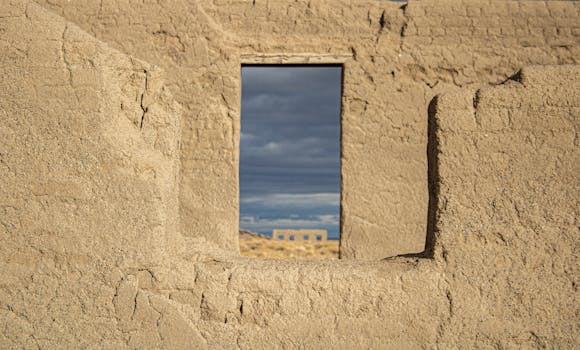Exploring Peru’s Archaeological Wonders Responsibly
Peru is home to some of the most significant archaeological sites in the world, including the iconic Machu Picchu, the ancient city of Cusco, and the mysterious Nazca Lines. However, the increasing number of tourists visiting these sites has raised concerns about overcrowding and its impact on preservation efforts. This article aims to provide insights on how to visit these remarkable sites while minimizing your contribution to their excessive crowding.
The Importance of Responsible Tourism
Responsible tourism is essential for preserving cultural heritage and ensuring that future generations can enjoy these historical treasures. Overcrowding can lead to:
- Environmental degradation
- Damage to archaeological structures
- Increased waste and pollution
- Loss of local culture and authenticity
By adopting responsible travel practices, visitors can help protect these sites while still enjoying their beauty and history.
Plan Your Visit Wisely
Timing and planning are crucial when visiting popular archaeological sites in Peru. Here are some strategies to consider:
- Visit During Off-Peak Seasons: The peak tourist season in Peru typically runs from June to August. Consider visiting during the shoulder seasons (April-May or September-October) when crowds are thinner.
- Choose Early Morning or Late Afternoon Visits: Arriving early or later in the day can help you avoid the busiest times. For instance, Machu Picchu is less crowded in the early morning hours.
- Book Tickets in Advance: Many sites, including Machu Picchu, have limited daily visitor quotas. Booking your tickets in advance can help you secure a spot while also allowing you to choose less popular time slots.
Explore Lesser-Known Sites
While Machu Picchu is undoubtedly a must-see, Peru is filled with lesser-known archaeological sites that offer rich history without the crowds. Consider visiting:
- Choquequirao: Often referred to as the “sister city” of Machu Picchu, this site is less visited and offers stunning views and a more intimate experience.
- Kuélap: Located in the northern region of Amazonas, this ancient fortress is surrounded by lush cloud forests and is far less crowded than Machu Picchu.
- Caral: Recognized as one of the oldest urban centers in the Americas, Caral offers a glimpse into pre-Columbian civilization without the throngs of tourists.
Engage with Local Communities
Supporting local communities can enhance your travel experience while promoting sustainable tourism. Here are ways to engage:
- Stay in Locally-Owned Accommodations: Choose guesthouses or eco-lodges that are owned and operated by local families.
- Participate in Community Tours: Many local communities offer guided tours that provide insights into their culture and history, often leading you to lesser-known sites.
- Buy Local Crafts: Purchasing handmade crafts and souvenirs directly from artisans helps support the local economy.
Practice Leave No Trace Principles
As a responsible traveler, it’s essential to minimize your environmental impact. Follow these Leave No Trace principles:
- Stay on Designated Paths: This helps protect fragile ecosystems and archaeological structures.
- Pack Out What You Pack In: Always take your trash with you to keep the sites clean.
- Respect Wildlife: Observe animals from a distance and do not feed them.
Conclusion: A Collective Responsibility
Visiting Peru’s archaeological sites is a privilege that comes with the responsibility to protect these cultural treasures. By planning your visit wisely, exploring lesser-known sites, engaging with local communities, and practicing sustainable tourism, you can enjoy the rich history of Peru without contributing to overcrowding. Remember, every traveler has the power to make a positive impact, ensuring that these incredible sites remain preserved for future generations to explore and appreciate.
